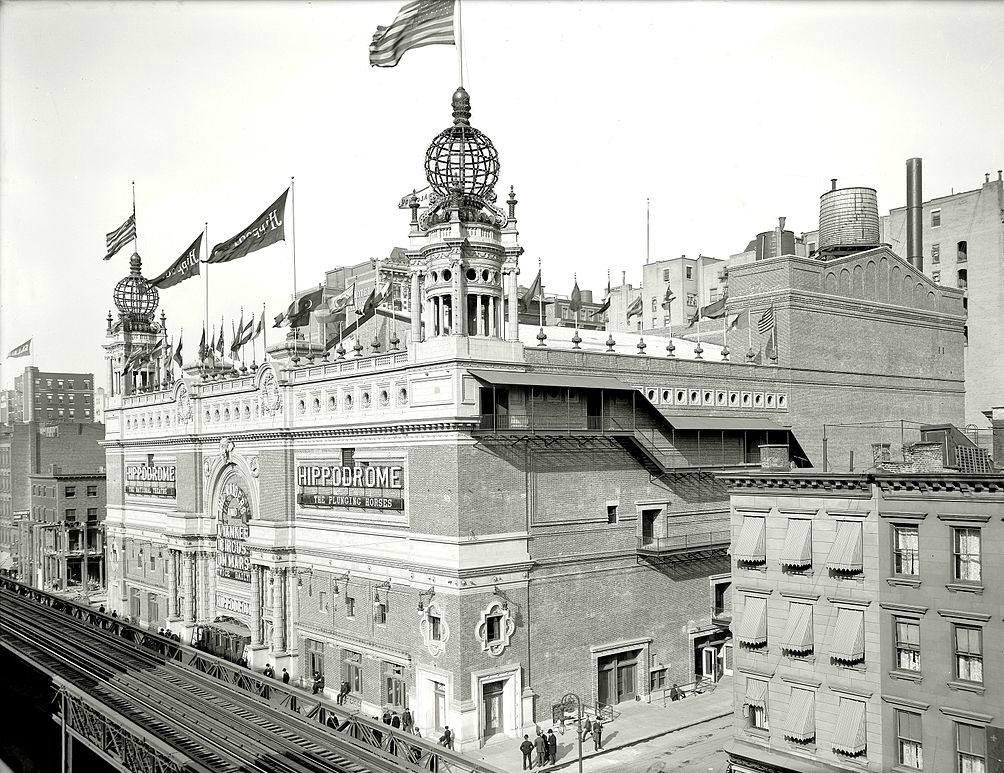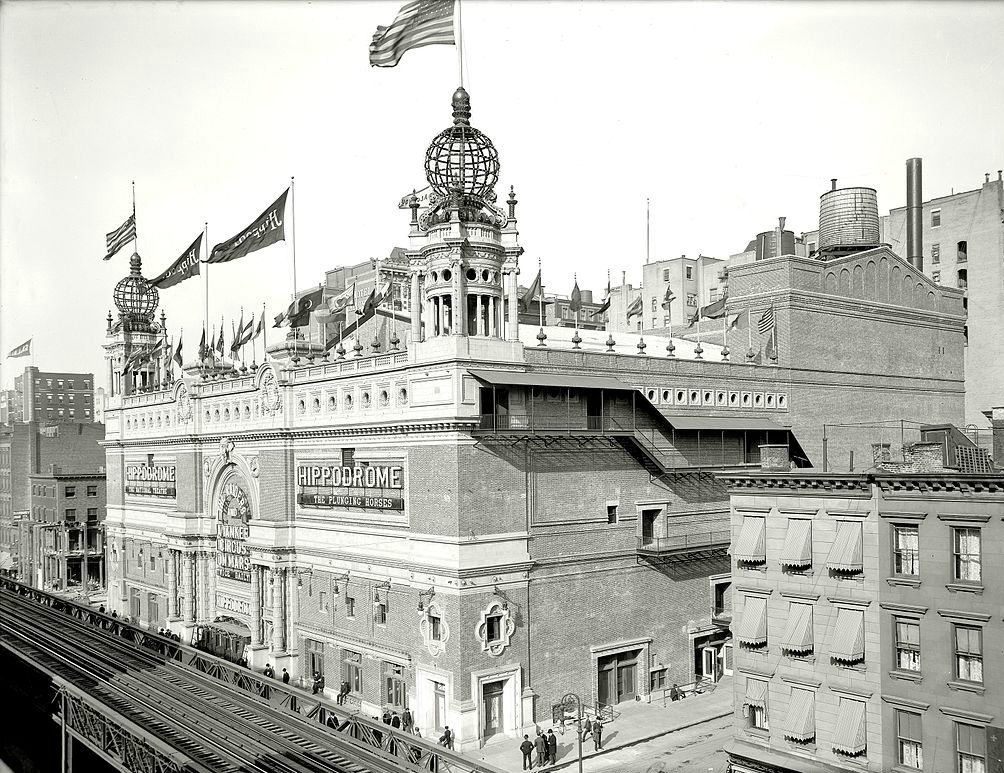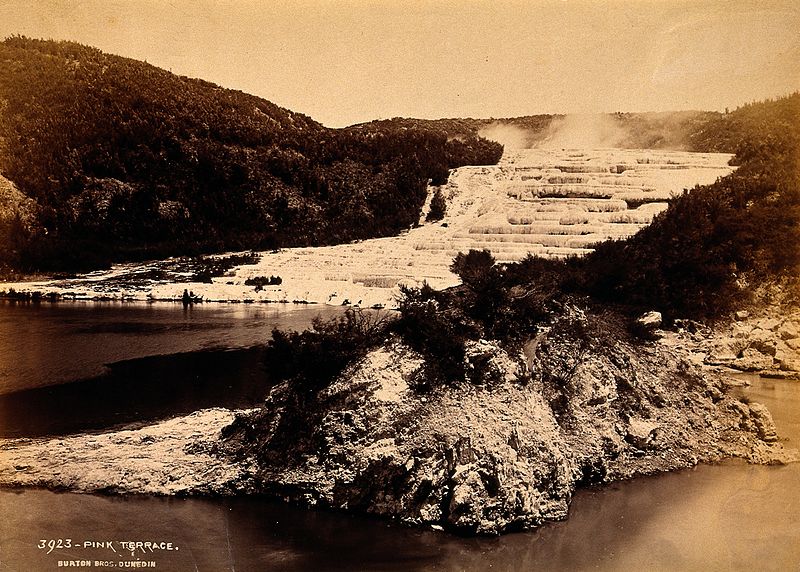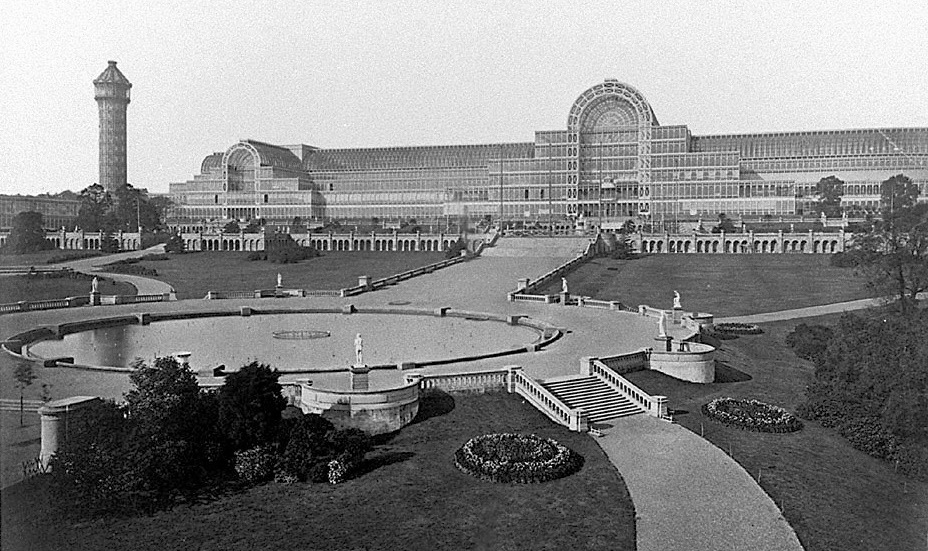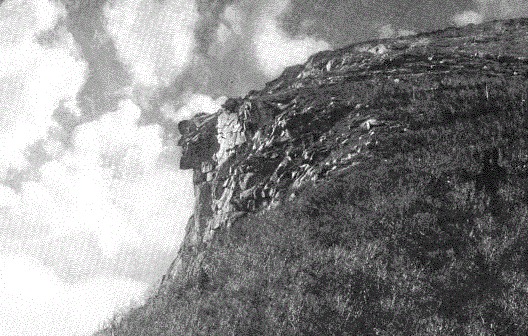As a kid growing up in New Jersey, Uncle John often went to Palisades Amusement Park. Then one day they announced they were tearing it down to build an apartment complex. Many areas have an attraction like that—it’s an important part of the cultural landscape for decades…and then it’s gone.
LOCATION: New York City
STORY: When it opened in 1905, it was called “the largest theater in the world.” With a seating capacity of 5,300, only the biggest acts—in both size and popularity—performed there: Harry Houdini, diving horses, the circus, 500-person choirs. But the daily upkeep for such a mammoth theater, coupled with the cost of staging huge shows, forced a change. In 1923 it became a vaudeville theater and then, in 1928, it was sold to RKO and turned into a movie theater. It then became an opera house. Then a sports arena. The Hippodrome was finally torn down in 1939.
WHAT’S THERE NOW: An office building and parking garage.
ATTRACTION: Pink and White Terraces
LOCATION: Lake Rotomahana, New Zealand
STORY: Called the eighth wonder of the world, the Terraces were once New Zealand’s most popular and famous tourist attraction. They were two naturally occurring “staircases” of silica shelves that looked like pink and white marble. Each terrace (they were two miles apart) was formed over thousands of years. Geysers spouted silica-laden hot water which flowed downhill and then crystallized into terraces as it cooled. But on June 10, 1886, a nearby volcano —Mount Tarawera—erupted, spewing lava, hot mud, and boulders. The eruption destroyed the village of Te Wairoa, killing 153 people, and the hot magma completely destroyed the terraces.
WHAT’S THERE NOW: Shapeless rock.
ATTRACTION: Crystal Palace
LOCATION: London, England
STORY: This massive 750,000 square foot structure originally housed the Great Exhibition of 1851, then was moved from Hyde Park to south London in 1854. Designed to evoke ancient Greek structures, the Crystal Palace featured dozens of columns, girders, and arches made of iron, and 900,000 square feet of glass. The building and surrounding grounds housed artwork and treasures from all over the world, including 250-foot-high fountains (requiring two water towers), gardens, and life-size replicas of dinosaurs. The coronation of King George V was held there, as was the annual English soccer championship. But after 1900, attendance started to dwindle. The Palace was closed on Sundays, the only day most Londoners had off from work. Then, in 1936, the Palace caught fire. The blaze was visible for miles. The building wasn’t properly insured, so there wasn’t enough to pay for rebuilding. All that was left were the water towers, later demolished during World War II out of fear Germany could use them to more easily locate London.
WHAT’S THERE NOW: A sports-arena complex.
ATTRACTION: Old Man of the Mountain
LOCATION: Cannon Mountain, New Hampshire
STORY: In 1805 surveyors Francis Whitcomb and Luke Brooks discovered this rock formation in the White Mountains of New Hampshire. Viewed from the correct angle, it had the appearance of a man’s face. It jutted out 1,200 feet above Profile Lake and was estimated to be 40 feet tall and 25 feet wide. Nineteenth-century politician Daniel Webster and novelist Nathaniel Hawthorne wrote about the Old Man and helped make it a state icon. The Old Man graces New Hampshire’s state quarter and a postage stamp. Signs of deterioration were first noted in 1906, and ever since, various methods—including cables and spikes—have been used to keep the face in place. But they didn’t work. In 2003, the Old Man finally collapsed and crumbled.
WHAT’S THERE NOW: A rocky cliff. Viewfinders looking at the former landmark superimpose an image of the Old Man when it was intact to show visitors what it looked like.








